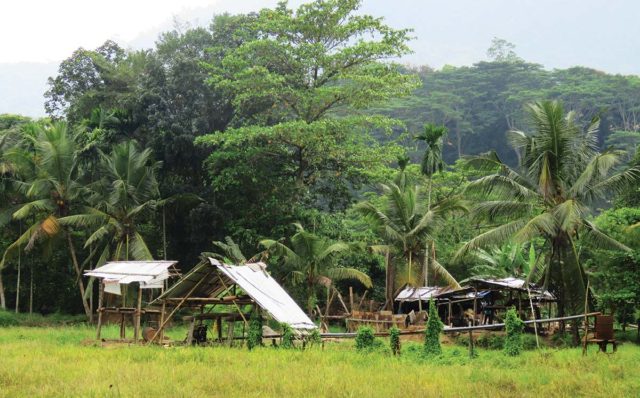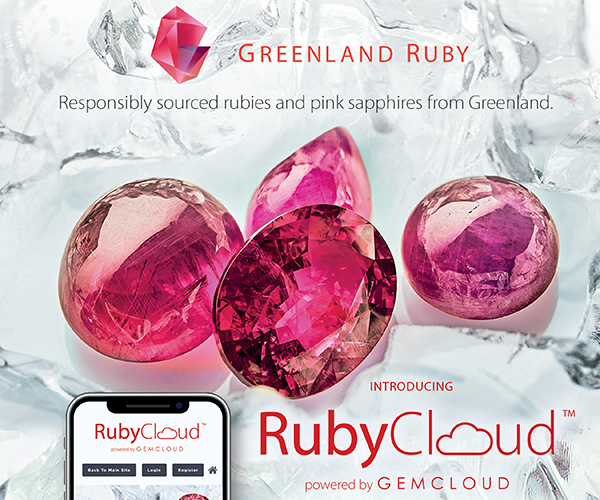Estimated reading time: 5 minutes
With little to no warning, the Covid-19 pandemic hit Sri Lanka in full force in March 2020. The nation’s entire gem industry came to a grinding halt and the mining, cutting, and washing sectors were thrust into a two-month-long period of stagnation.
When Covid hit in March, the situation could have been worse. Timing-wise, Sri Lanka was lucky, as the mines were already due to close at the end of March/beginning of April for the Sri Lankan New Year. During the Punya Kalaya or Nonagathaya, all businesses close and people are encouraged to engage in New Year activities for around a week. When this period ended, however, miners found themselves out of work, and worried about what the rest of the year would hold.
A May 2020 UNICEF report about the situation in Sri Lanka stated, “The least affected industries include agriculture and mining, which would have a combined average reduction in income of between 13% and 20%.” These findings seemed to be accurate. During the lockdown, borders were closed and internal travel restrictions were implemented, but the resilient and supportive gem community-including exporters and gem dealers-kept in touch with the mining communities and their families, especially those relying on daily wages from mining. Support was provide to lessen the impact of the sudden halt in mining operations.
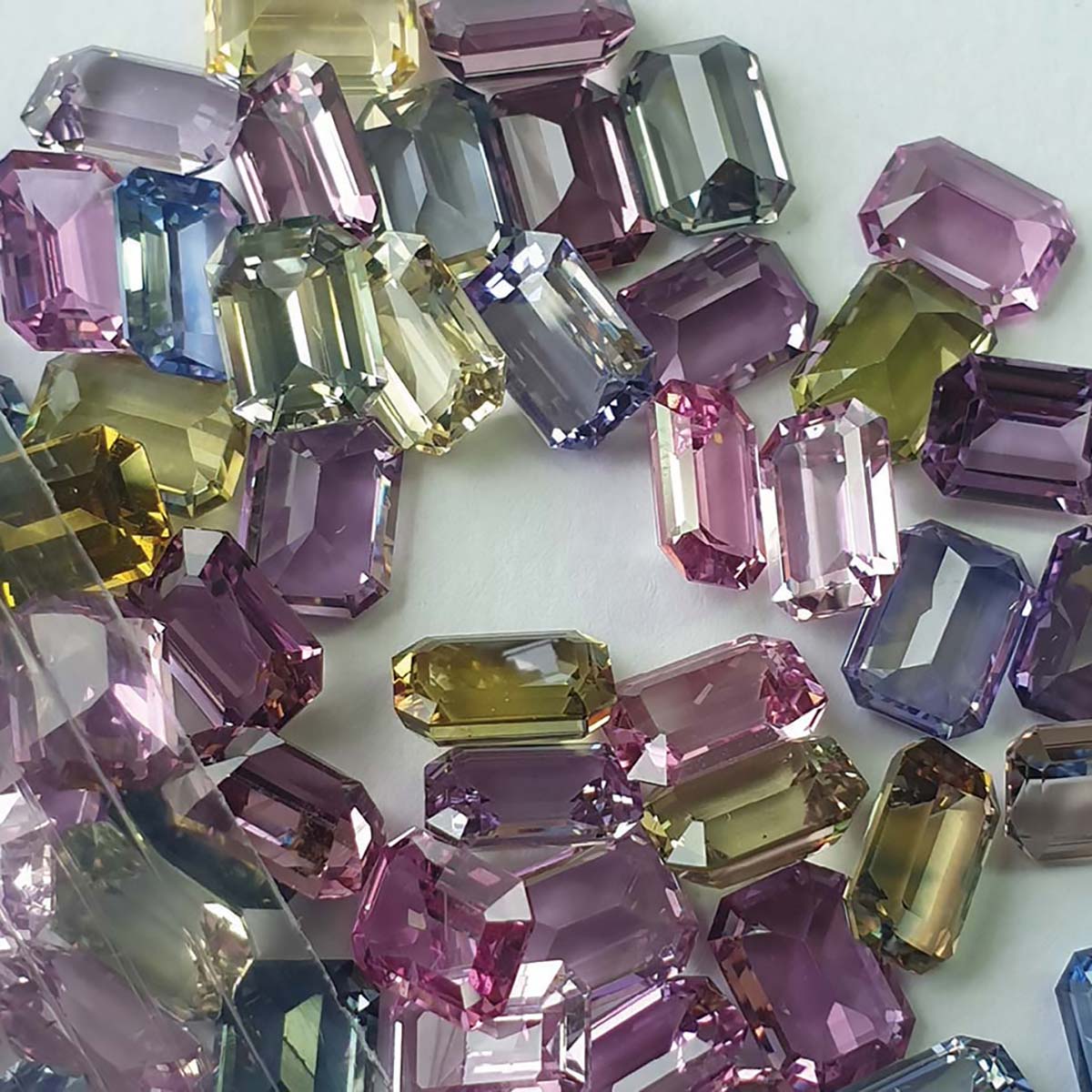

Slowly, the country began to reopen and by May 2020 cutting and processing factories were allowed to operate once again under strict safety guidelines. But the many Sri Lankan dealers who had traveled to different parts of Africa at the beginning of the year were unable to return home for almost four months due to the border closures and disruption of flights. When the repatriation flights finally began, the merchants had to undergo a long and rigorous quarantine process. The gemstones that had been purchased over a span of six months started once again entering a hungry marketplace.
In late July 2020, the gem industry was further helped by the new government’s policies that aimed to support the mining industry and increase exports. New procedures that simplified obtaining mining licenses and permits were put into place. These meant that thousands of upcoming eligible and ambitious miners had previously unattainable opportunities to grow and expand their sites.
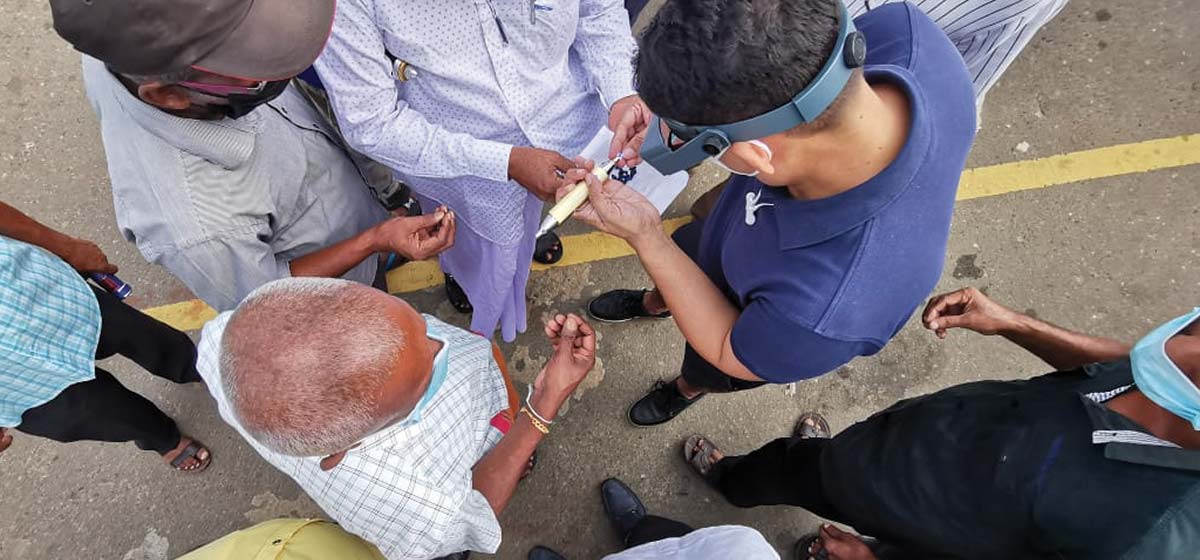
As more people received licenses and new mines were opened, popular areas, such as Ratnapura, Elahera and Eheliyagoda, showed a clear escalation in mining. One such mining project was the previously dormant Kaluganga Haraniyawaka in the Kiriella Division of the Ratnapura district. It was reopened, thanks to the new policies, and recently held a successful auction of precious gems.
Markets that deal in rough as well as and cut gemstones have also become increasingly active. Because of travel restrictions, thousands of traders are conducting transactions using new and innovative hybrid online models to market their products. This transition has been relatively easy since the mobile phone penetration in the country is quite high, around 40 – 50%. This is 10% higher than the rest of South Asia. Therefore, browsing, accessing the internet and using it for consumerism and sales took a sharp rise, as it has across the world.
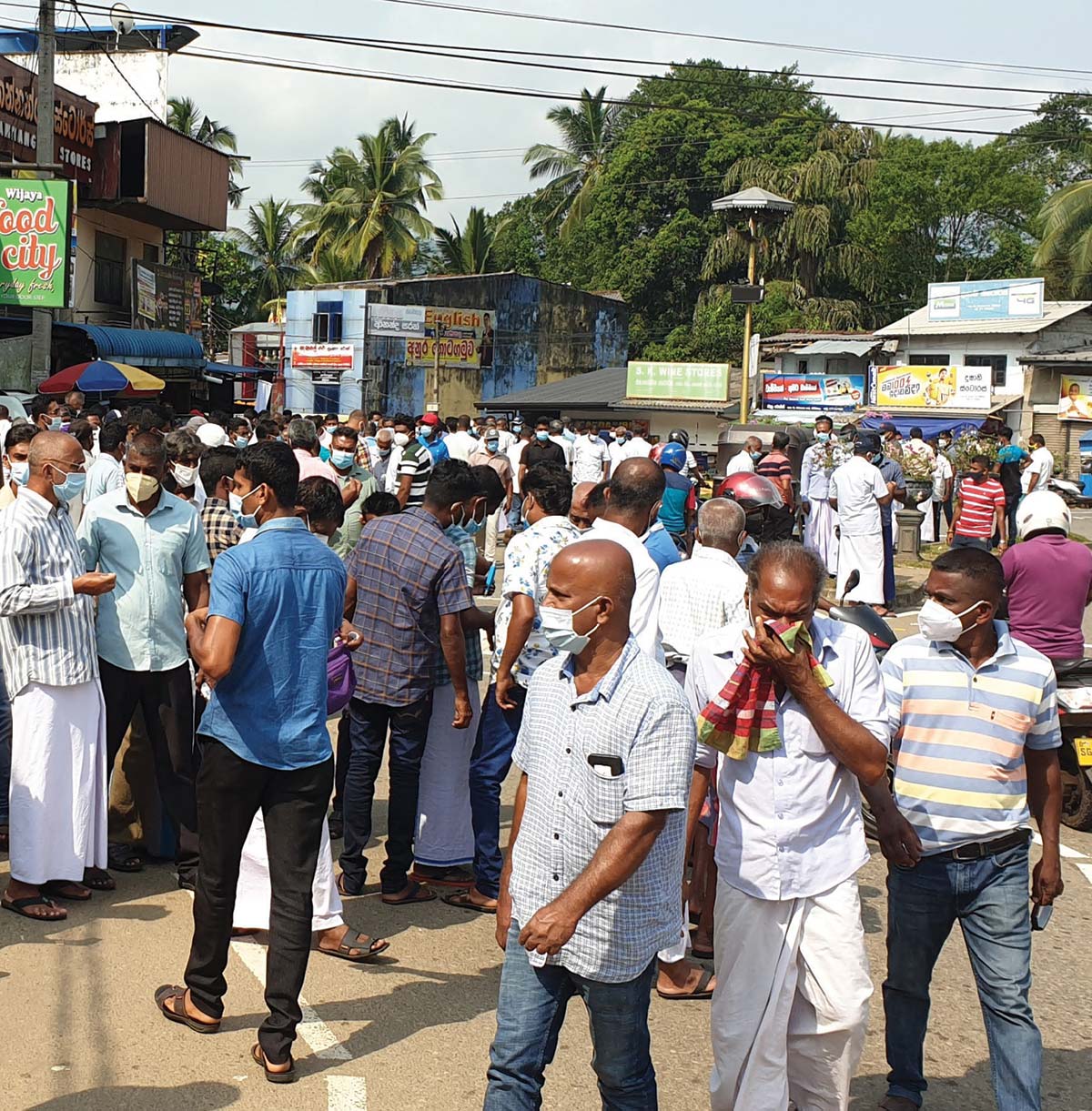
Even though local mining has been active since July 2020, foreign buyers have not been able to travel to Sri Lanka and many gem and jewelry shows have been canceled. This has not stopped Sri Lankan merchants, however, from being able to export a large number of shipments and gem parcels.
As a result, the country remains in a good position to supply existing international customers and buyers who have been eagerly awaiting a chance to buy new stones after months of closed borders. There has been so much pent-up demand for loose stones that, by the beginning of 2021, meeting that demand became challenging.
Consequently, this high demand from the global market, including countries such as China, USA, Australia and the UK, prices have increased by at least 20%. Export earnings of the first quarter of 2021 have thus been the fastest growing export category, and interest in production remains consistent.
Sri Lanka did not escape the second and third waves of Covid-19, and the gem industry faced another lockdown from May 2021 to the end of June. Trading markets and mining locations were again shut down. Fortunately, however, factories were able to operate and the cutting sector has even grown significantly, despite the challenges of the second and third waves, as many international customers continue to send their rough to Sri Lanka for cutting.
Overall, the Sri Lankan gem industry has met the challenges of Covid, while continuing to produce beautiful colored gems for the world.



